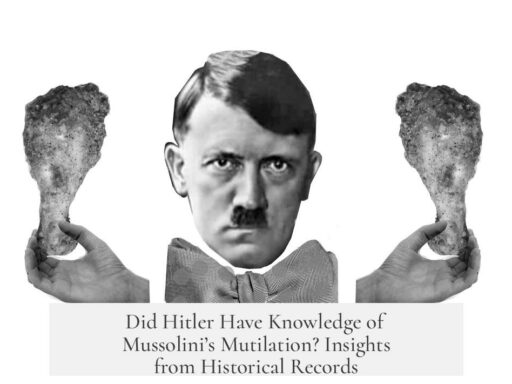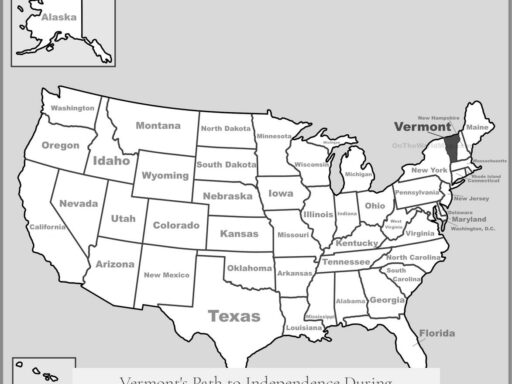Both Norse and Greek pantheons emerge as later generations of gods who overthrow their predecessors, reflecting a widespread theme in Indo-European mythology. This succession myth suggests indirect common roots rather than a direct shared ancestor between the two belief systems.
Both mythologies portray successive divine generations, with younger gods displacing older ones. The Norse gods, descended from the first Aesir, Buri, and his giant wife, Bertla, kill Ymir, a primordial giant. They then create the universe from his body. Similarly, Greek gods, the Olympians, defeat the Titans, their progenitors, and imprison them in Tartarus. Though Greek gods do not kill their predecessors outright, their victory consolidates divine power within the pantheon.
This succession theme appears across many Indo-European traditions. These myths symbolize cosmic renewal and a shift from chaotic primordial forces to ordered divine rule. The motif of progenitor slaying points to a shared mythological structure rather than a single ancestor figure.
Indo-European religion reconstruction shows linguistic and thematic parallels linking Greek and Norse gods to a proto-pantheon. For example:
- Common deity roles exist, like sky father gods, fertility goddesses, and warrior deities.
- Names and functions of gods in various branches (e.g., Greek Zeus and Norse Odin) trace back to shared roots, though the gods evolved distinctly.
The fluidity of myth narratives complicates attempts to establish exact genealogical links between Norse and Greek deities. Unlike language, which can be studied through reliable comparative methods such as the Swadesh list, mythology changes rapidly and diversifies culturally over time. Many proto-mythic elements did not survive or changed beyond recognition.
Greek mythology displays traits different from Norse myth. The Greek gods are immortal, capable of recovery from wounds, and represent ordered domains like love, wisdom, and war. Norse gods, however, though powerful, remain mortal and face eventual doom at Ragnarök. These contrasts indicate independent development after diverging from a common cultural substrate.
Some scholars propose influences from even older mythologies, such as Mesopotamian beliefs, on Greek myths. Babylonian themes like generational succession and cosmic struggle are evident, for example, in the Enuma Elish, where younger gods kill primeval deities Tiāmat and Apsû. Such parallels highlight widespread ancient motifs rather than direct Norse-Greek connections.
Norse and Hindu mythologies share similarities, too. The primordial giant Ymir, killed by Norse gods to create the world, resembles Purusha from Hindu texts, a cosmic being sacrificed for creation. This points to a broader Indo-European myth pattern involving cosmic sacrifice and rebirth.
Both Greek and Norse gods engage actively with humans, receiving worship, sacrifices, and prayers. Yet their moral outlooks and worldviews differ. Greek gods wield fate and divine influence with relative detachment, while Norse gods are closely tied to human destiny and the inevitability of death.
| Aspect | Greek Pantheon | Norse Pantheon |
|---|---|---|
| Progenitor Defeat | Olympians imprison Titans | Æsir kill Ymir |
| Immortality | Immortal gods | Mortals, vulnerable gods |
| Origin Period | Mycenaean era, ~2nd millennium BCE | Viking Age, ~9th century CE |
| Mythological Emphasis | Order, fate, domains | Struggle, fate, doom |
| Linguistic Roots | Indo-European | Indo-European |
In summary, the Norse and Greek pantheons share a broad Indo-European heritage that includes common mythic themes such as generational succession and cosmic conflict. However, no direct common ancestor god exists linking them specifically. Instead, they reflect divergent cultural evolutions from a distant Proto-Indo-European mythic framework, enriched by local influences and storytelling traditions.
- Succession myths of killing or overthrowing progenitor gods occur in both pantheons.
- Greek and Norse gods descend from an earlier generation but differ in nature and immortality.
- Both mythologies trace roots to Proto-Indo-European religion, sharing thematic and linguistic similarities.
- Mythology’s fluid nature limits precise reconstruction of a shared divine ancestor.
- Similar motifs also appear in Mesopotamian and Hindu mythologies, showing common ancient narrative patterns.




